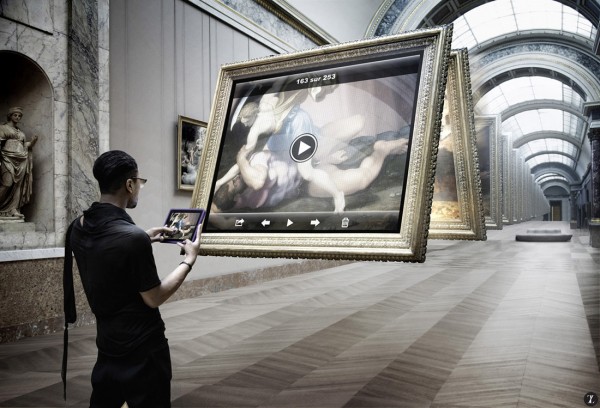Technology In Art
The use of technologyhas penetrated almost every part of our life, even things such as art, which we never thought could’ve been done by a machine before. Inventiveness and masterful expression have been considered components to human intelligence. One of the greatest reactions of wise machines is that they do not have the capacity to envision and think past their programming. Before long that may never again be the situation. Specialists are endeavoring to program canny machines that make works of art. In June 2016, Google propelled Magenta changes the way people see the utilization of machine learning in AI to make distinctive types of workmanship, including music and visuals. It will make interfaces and stages that will permit craftsmen with no coding or AI experience to utilize these apparatuses to make their own work.
Understanding Technology in Art
Past this, Magenta could possibly program machines that will deliver masterpieces all alone, without the impact of human craftsmen. In numerous other comparative tasks, scientists are using profound learning strategies to permit AI to make music propelled by the works of Bach, make music enlivened by the Beatles or compose sad verse. Their manifestations are uncanny. As tech re-characterizes workmanship, new inquiries will come up. Who is the genuine craftsman, for instance, the developers that coded the AI or the AI itself? Are the visual preparations of Google’s AI a work of self-expression or a fortuitous side effect of complex calculations? Can a machine truly convey what needs be on the off chance that it isn’t cognizant?
Could robot craftsmen be viewed as imaginative without the ability to really envision and think about their innovative yield? Technology has not just brought about more available apparatuses for the generation of craftsmanship yet has additionally quickened the procedure by which workmanship is subsidized, advertised and appropriated. In the age of the web and an undeniably associated world, the effect of a craftsman is no longer bound by the physical impediments of theexhibition. Access to craftsmanship and the generation or appropriation devices required to leave your masterful stamp are no longer restrictive to the world class or the especially capable. With intense stages like online networking and group financing efforts, today’s specialists can advertise their imaginative work to the world effortlessly.
By the day’s end, to create our creative ability is a naturally human act. Each one of us has the longing to convey what needs be, regardless of whether through words, visuals or music. As new mediums of self-expression are made more open to each one of us, the imaginative potential outcomes are vast. The beginning stage is simple. The rise of AI will probably lead to machines becoming more human, and this being able to create works of art. Basically, artificial intelligence is a sub-field of computer science. It will probably empower the advancement of computers that can do things typically done by individuals, such as things related to individuals art. It remains to be seen whether this would be a good thing or bad, but it is coming.

